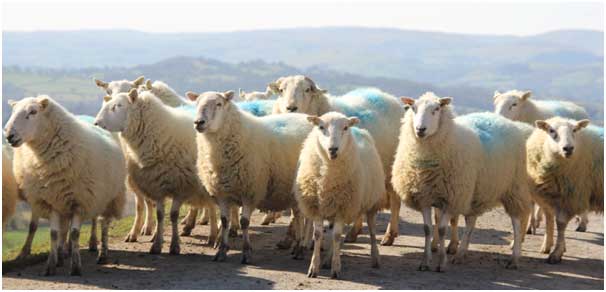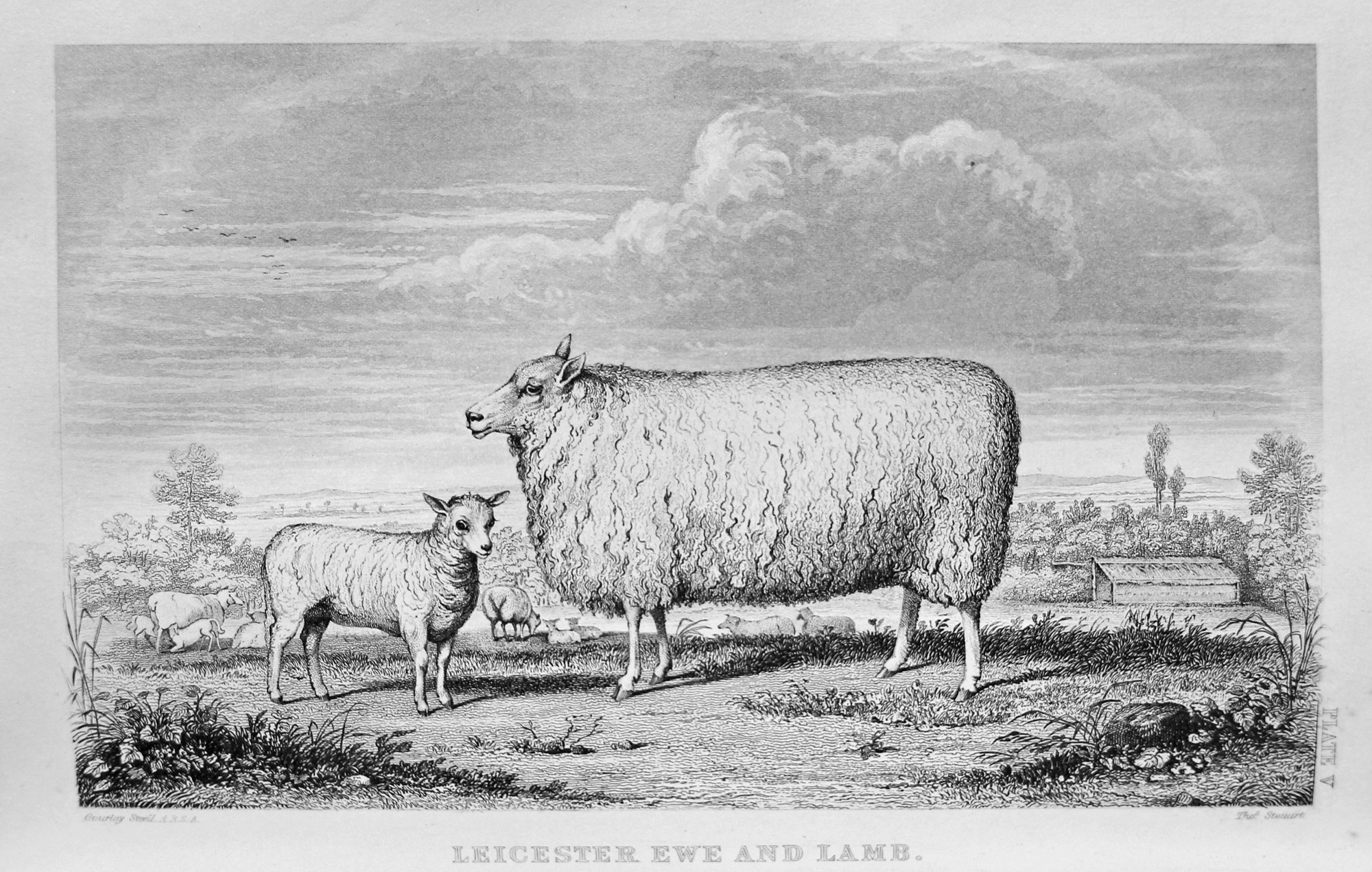What is Mutton
An outline of the history of mutton in the UK. What is mutton?
Welsh Mountain ewes - the ideal mutton animal
Mutton is simply the meat from older sheep – just as beef is mature veal, so mutton is mature lamb. There is no legal definition of mutton. Today, it is generally taken as being sheep over two years old.
Even in the 1930s ‘lambs’ were reared during the summer ready for market, and any sheep meat sold after Christmas was referred to as ‘mutton’. In some parts of the world (especially the Indian subcontinent), mutton also includes goat meat, although for the purposes of this website, mutton refers to sheep meat.
The popularity of mutton has waxed and waned over the millennia in the UK, and availability of it has often dictated the choice on dinner tables across the social classes. As the demands for meat, wool, milk and even manure have risen and fallen, so have the fortunes of the sheep industry. The revolution in productivity which has overtaken the farming industry over the past two centuries has also contributed to the type of sheep meat we eat. Whilst once it was the ubiquitous mutton which was in demand, farming now produces lambs ready for eating in a reliable and efficient fashion at a much younger age, and so mutton is a rarity.
Types of Mutton
In mutton’s heyday in the 19th century, there were considered to be different classes and
qualities of mutton, and each type had its supporters and champions. Broadly, the two
traditional types of mutton were divided by age and breed – ‘wether’ and ‘ewe’.
Names and ages of sheep and types of mutton
“My manner of living is plain, and I do not mean to be put out of it. A glass of wine and a bit of mutton are always ready.”
Sheeps' Contribution to the Economy
For several hundred years, sheep were the mainstay of the UK’s economy. It made the church and some landed gentry extremely rich, and our specialised sheep breeds were exported all over the world. Wealth from the sheep industry was responsible for arguably the most exquisite architecture conceived in this country, in the form of ‘wool churches’. Yet it also resulted in human suffering on a vast scale. As a result of the Enclosures and Highland Clearances, entire communities were forced to move to enable more sheep to graze. Long before we were the ‘Workshop of the World’ and a ‘Nation of Shopkeepers’, we were known as a ‘Nation of Sheep Farmers and Cloth Manufacturers’.
Sheep's cheese
Uses of Sheep
To the early sheep farmers, meat was a by-product, and the last thing they wanted to do was to kill and eat their animals. There are many products that live sheep gave their keepers. Blood from the living sheep was used as a food (including black pudding) as it still is in a number of pastoralist nomadic societies; milk was drunk fresh or made into cheese, butter or yoghurt for the winter; wool was used to produce felt, fabric for clothing and housing, and grease; and the fertilising benefits of dung were realised in Neolithic times, as was the use of dried dung for fuel.
From Wool to Meat
From the 12th to the 18th century, the primary reason for keeping sheep was wool. Manure and milk were secondary, and meat production was for much of the time a poor fourth. However, as the wool trade declined and towns began to grow in the 16th and 17th centuries, so the demands for meat increased, and the national sheep flock needed to be considered for mutton production as well as wool. There were many more mouths to feed from 1600, when the UK population was over 4 million. By 1700 it had increased to around 6.5 million, and by 1801 it was about 10 million. During the Victorian period the population rocketed to 21 million by 1851 and 37 million by 1901, and with it came an increased prosperity and an almost insatiable demand for more food. The task of feeding so many more mouths in a relatively short time was enormous.
The 18th century improved New Leicester breed of sheep, to produce more meat
The switch from wool to meat production was quite a task for sheep farmers. Breeding sheep for meat requires different characteristics from those which will produce plentiful wool. For a start, for meat you need the lamb to reach maturity early, to have a thick covering of lean meat, and a modest covering of fat. This systematic breeding over hundreds of years has given us a huge genetic pool of sheep traits and breeds – a valuable asset today in a world of changing climates.
“Sonny, true love is the greatest thing in the world - except for a nice MLT - mutton, lettuce and tomato sandwich, in which the mutton is nice and lean and the tomato is ripe.”



